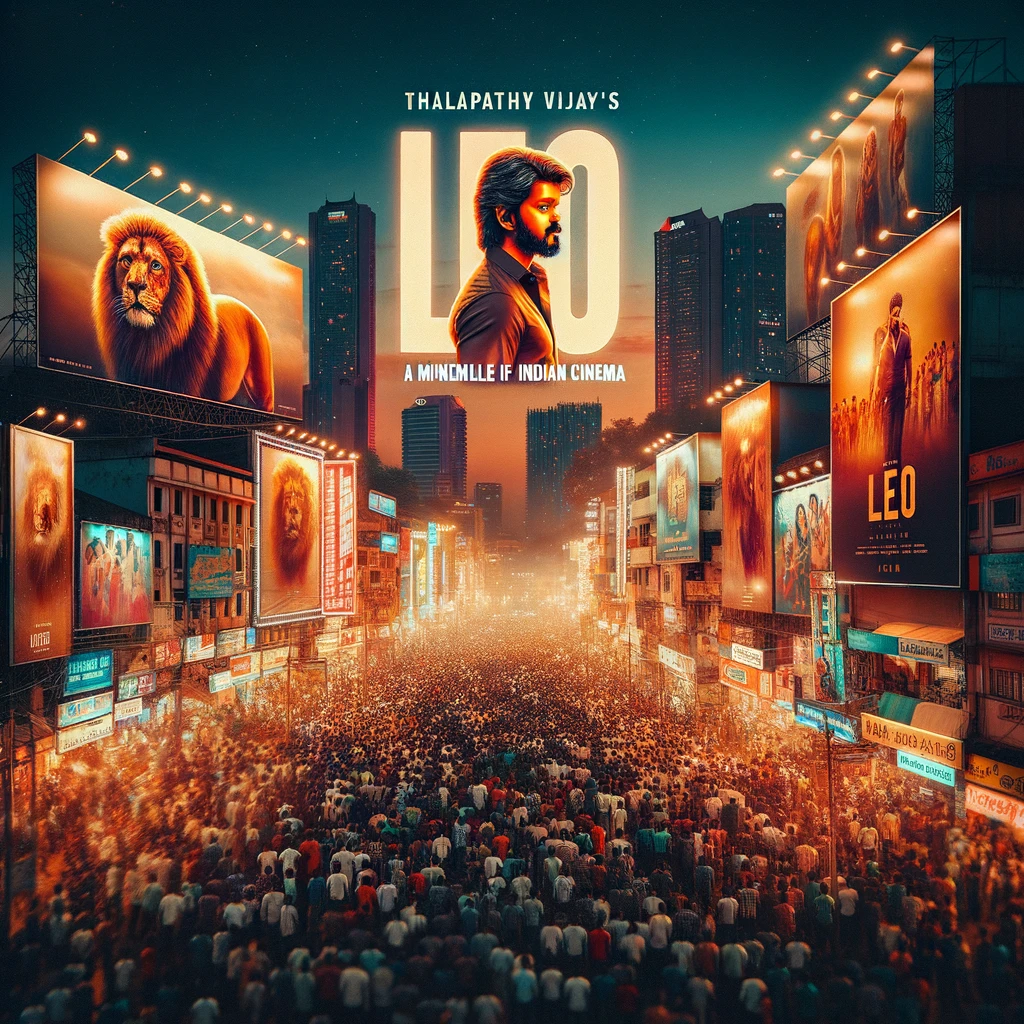
Sanjay Dutt’s ₹8 Crore Villain Role in Thalapathy Vijay’s Leo: A Milestone in Indian Cinema

Introduction
Sanjay Dutt’s portrayal of the main antagonist in Thalapathy Vijay’s film Leo has not only captivated audiences but also set new financial benchmarks in Indian cinema. Released on October 19, the film shattered box office records by grossing ₹140.2 crore worldwide on its first day. This article aims to dissect the various facets of Dutt’s role, its financial implications, and its broader impact on Indian cinema.

Box Office Impact
Record-Breaking Earnings
Leo has been a box office sensation since its release, breaking several records. One of the key drivers behind this success has been Sanjay Dutt’s compelling performance as the villain.
Financial Aspects of Dutt’s Role
A New Benchmark in Actor Fees
Sanjay Dutt charged a staggering ₹8 crore for his role in Leo, a figure that currently outpaces the fees of Bollywood heroes. This move is indicative of the rising popularity of South Indian films and the increasing demand for Bollywood actors in these movies.
Critical Acclaim
A Performance to Remember
Dutt’s role in Leo has been lauded by both audiences and critics, with many considering it one of the best villainous performances in recent memory. His menacing look and intense acting have left an indelible mark on viewers.
The Growing Popularity of South Indian Films
Bollywood’s Increasing Involvement
Dutt’s decision to take on a villain role in a South Indian film reflects the growing influence and reach of South Indian cinema. It also opens doors for more Bollywood actors to explore opportunities in South Indian films.
Conclusion
Sanjay Dutt’s performance in Leo serves as a testament to his versatility and enduring appeal as an actor. Not only has he delivered a memorable performance, but he has also set new financial standards in the industry. His role in Leo signifies the growing popularity of South Indian films and suggests a rising demand for Bollywood stars in these movies. This comprehensive analysis offers valuable insights for teachers, students, and researchers interested in the evolving dynamics of the Indian film industry.